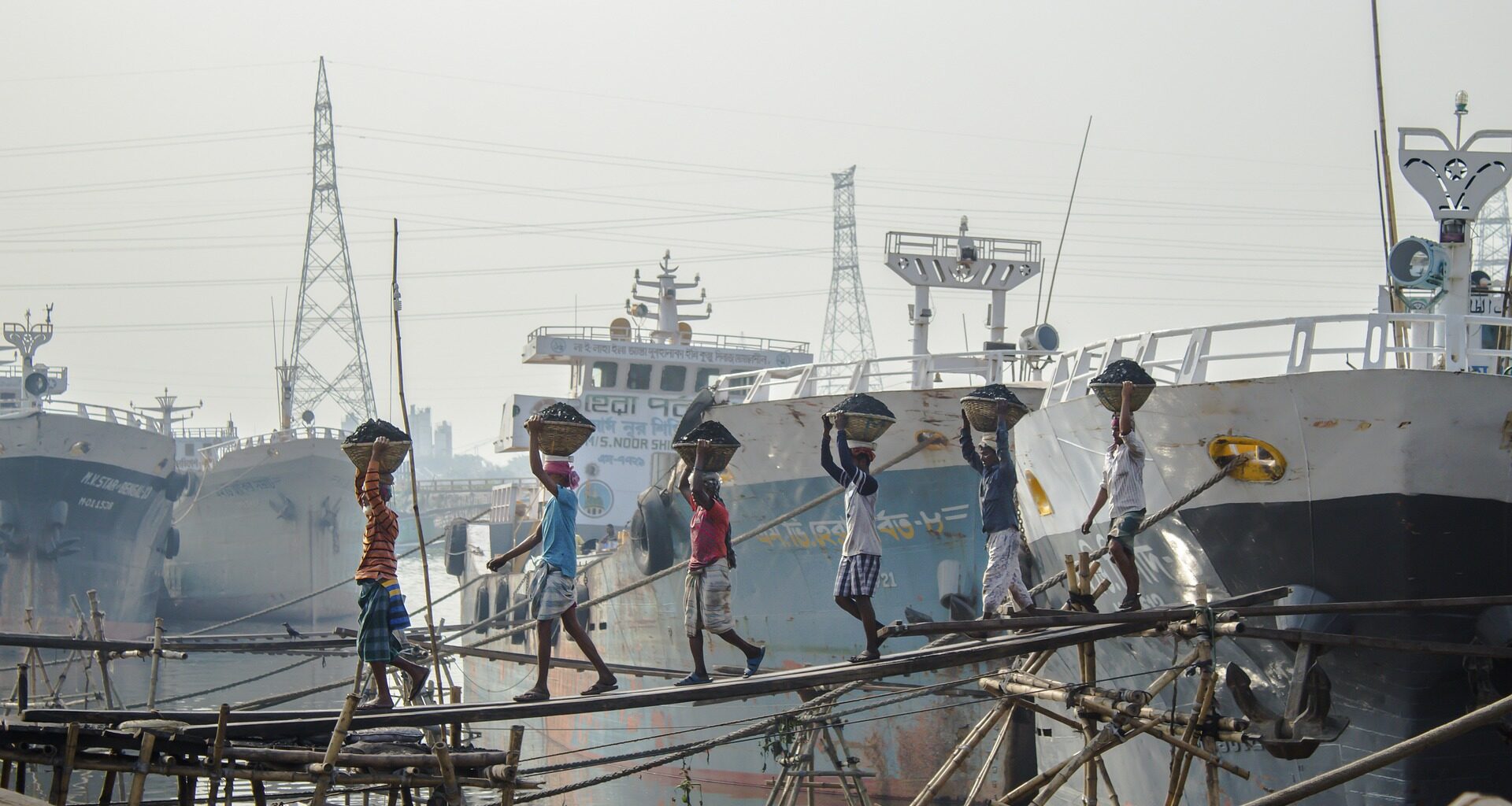A recent study from the Oxford University-affiliated Environmental Change Institute (ECI) has revealed that approximately 40% of ports globally are at risk of climatic hazards such as flooding and storms. The research which was taken from 1,340 ports could have a global economic impact on the supply chain and logistics industry.
The study found that port-specific risks, which include both geological hazards such as earthquakes and man-made climatic changes amount to a median of approximately $7.5 billion (£6.12 billion) annually.
Of this total, around 32% or $2.4 billion (£1.96 billion) is due to the risk of tropical cyclone impacts, which the study found to be the leading hazard globally. River flooding was the second highest hazard, with a median annual financial risk of $1.9 billion (£1.55 billion), followed by coastal flooding at $0.8 billion (£0.74 billion).
These figures represent the median annual financial risk, quantified in US dollars, according to the ECI.
In particular, ports in Western Europe were found to be vulnerable to fluvial and coastal flooding due to “…the location of rivers and occurrence of extreme coastal water levels on the one hand, and the local presence of flood protection standards, or lack thereof, and the freeboard of the terminals on the other hand,” the study reported.
Ports should consider “…the orientation and design of breakwaters when exposed to extreme waves and surges, and the drainage system when exposed to fluvial and pluvial [rainfall] flooding,” said research lead Jasper Verschuur. “If that doesn’t happen, we could see major disruptions to global trade and supply chains.”
Additionally, port downtime associated with natural hazards puts trade amounting to $67 billion (£61.73 billion) at risk annually, causing a great impact on the industry and wider economy.
“Luckily, initiatives are ongoing to upgrade outdated and inefficient port infrastructure at many ports. However, these efforts fall short, given the expected climate-change challenges ports will face over the next few decades. Our paper allows organisations to prioritise global investments to adapt ports, as well as help identify the most suitable interventions,” said Verschuur.
Overall, the ports of Houston and Shanghai seemed to have the highest potential for risk from all sources. Additionally, it appears that China, South Africa, and Norway are particularly susceptible to logistics losses related to cargo, which would have a significant impact on cargo owners rather than on the ports themselves.













